Starting an onion farming business in Zambia is one of the most lucrative ventures you can start up in Zambia. There are large consumers of onions all around the globe, usually, the consumption to supply level of onions are usually not met.
This is because the consumption rate and onion usage are more than the rate at which it is being produced.
So today, to start onion farming in Zambia, you will need a piece of farmland that has been cleared, start planting during seasons with low rainfall and during the dry season, nurse the seed, add organic manure to the bed and that is all you need to start planting onions.
We will be going into details analysis shortly, get ready as we take you on a step by step guide on how to start growing onions in Zambia and all you need to know
How To Grow Onions In Zambia Step By Step Guide
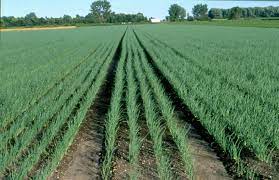
Following is the step by step guide to starting onion farming in Zambia;
Step 1: Till the ground and prepare it for planting
In Zambia, you can grow onions in sacks or directly in the farm’s beds.
Clean up the farmland
The initial step is to clear the land for your farm. On the farm, remove the weeds, shrubs, roots, and other undesirable plants.
Parked the grasses and gathered in an area to light it on fire.
Read Also: How To Start Ostrich Farming In Zambia [Beginners Guide]
Using Herbicides for Spraying
After clearing your farmland and burning the bushes, the next step is to apply fungicides and herbicides. You can also use systemic selective herbicides to control weeds for at least three months in the farm area.
Make A Bed/low-ribbing
The next step is to prepare a growing medium for your onions.
To create a bed for your onions, you must create low, mound-like ridges, particularly during the dry season.
Ensure that the beds are short and close to the ground so that the seed can receive the minimal amount of water required for growth.
Including Manure or poultry droppings
After you have completed the bed, the following step in soil preparation is to apply manure to your beds so that your onions will grow quickly and well.
You can add fertilizer in the suitable ratio, and if you don’t have enough money for fertilizer, you can use organic fertilizer.
Locate local poultry, collect its droppings, and apply them to your farm’s beds at least two weeks prior to planting.
Step 2: Start Nursing your onion seedling
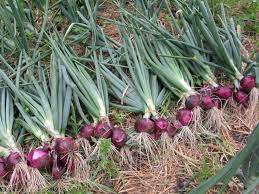
After you’re done preparing the soil and farm, it’s time to grow onion seedling for transplanting. To do this, do the following:
Find a farm store near you and buy hybrid onion seeds.
Then, go to a nearby furniture shop or Sawmail and collect the wood shavings, which people in your area call “sawdust.”
Read Also: How To Start Farming Business In Zambia [Beginners Guide]
You also need to get some dried bird droppings.
You mixed the wood shavings you got with the dry bird droppings you got and added a little water to make it moist.
Then, put this mixture on the nursery path or the trough you have to care for the seed.
Make ridges with this mixture by putting it in horizontal lines about 2 cm apart.
Then, put the hybrid seeds you just bought from the farm store in a random pattern on this tray and cover with a little bit of sand.
Start watering the tray in the morning and at night, but don’t water the lines where the onions are spread.
This is because onions don’t like a lot of water; you only need to wet the bottom of your line.
This should be done for 10 days. Most onion seedlings are alive and ready to be planted after no more than 10–15 days.
Step 3: Begin Transplantation
The next step is to begin shifting your onions to the farm bed you’ve prepared.
Plant the seedlings 1cm deep with no space between them on the bed if you want to harvest your onions when they are green.
If you want to harvest it while it’s dry, plant it 1cm deep and space it at least 2-3inches apart and 10-12inches between rows.
Take temperature readings throughout nursing and after transplanting.
How To Nurse Onion Basic Guides
For maximum performance in the nursery, nurse at temperatures ranging from 20 to 25 degrees Celsius. After transplanting, the temperature should be between 15 and 30 degrees Celsius.
This is because higher temperatures promote curing and bulbing.
Sand that does not retain water for an extended period of time is ideal for planting onions.
Ensure that enough water supplies are supplied to the farm during the bulbing stage of Onions.
In your onion farm, avoid excessive or clogged water.
To avoid onions bulb growing thick necks and excessive leaf, do not put fresh poultry droppings on the farm soil.
Make careful to weed the bed on a regular basis or apply pesticides if necessary.
To prevent weeds, you can utilize mulching to increase soil fertility while blocking underground weeds from getting sunlight.
Spray your farm with fungicides to keep common onion diseases like Fusarium and Sclerotium at bay.
Milthane, Oshothane, and Dithane are examples of common fungicides.
Insecticides such as aphids, thrips, and whiteflies can be used to spray the farm against onion insects.
What Is The Best Time To Plant Onions In Zambia?
The best time to start planting onions in Zambia is between February and June.
What Is The Best Time To Transplant Onions In Zambia?
The best time to start transplanting your onions in Zambia is during the cool of the day to prevent the leave from wilting.
How Long Does Onion Take To Grow In Zambia?
Usually it takes about 90 to 150 days for onions to reach maturation stage in Zambia.
How Profitable Is Onion Farming In Zambia?
One of the most profitable farming to venture into is onion farming, it brings about 55% ROI on your invested capital.
Conclusion
Growing onions in Zambia is not that difficult, all it requires is start planting early, plant quality preferable short time cultivars, avoid water logging in your onions farm and other procedure we have discussed in this content.
If there is other information you need to know, you can drop your comment via the comment section below.
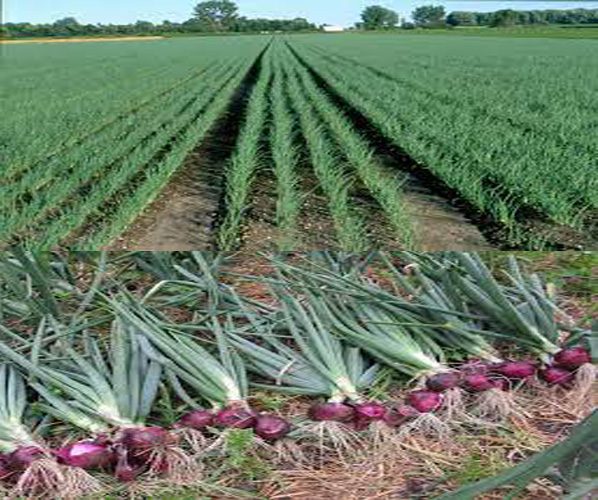
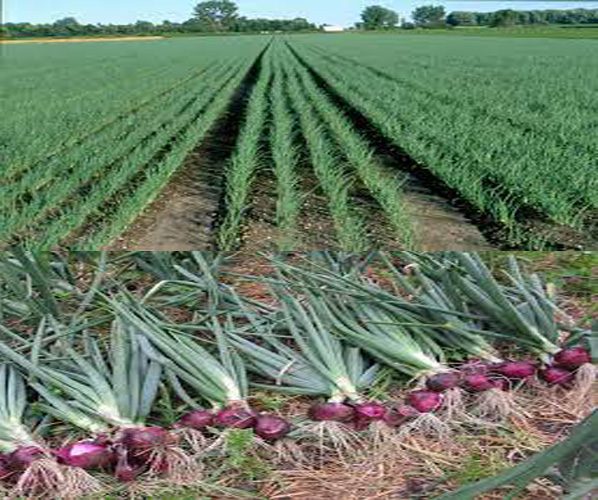
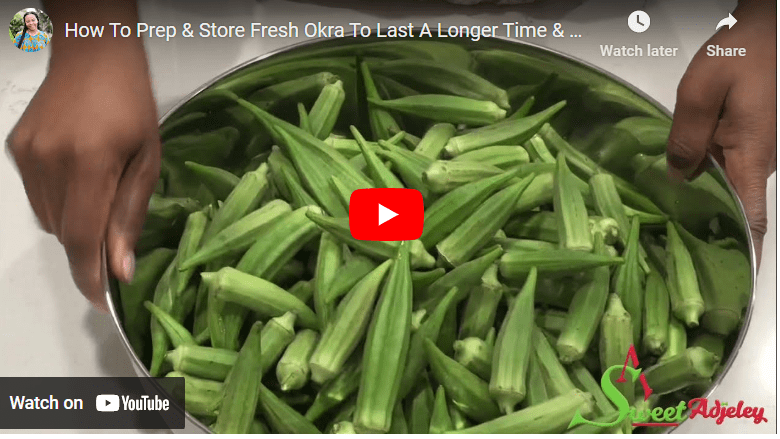
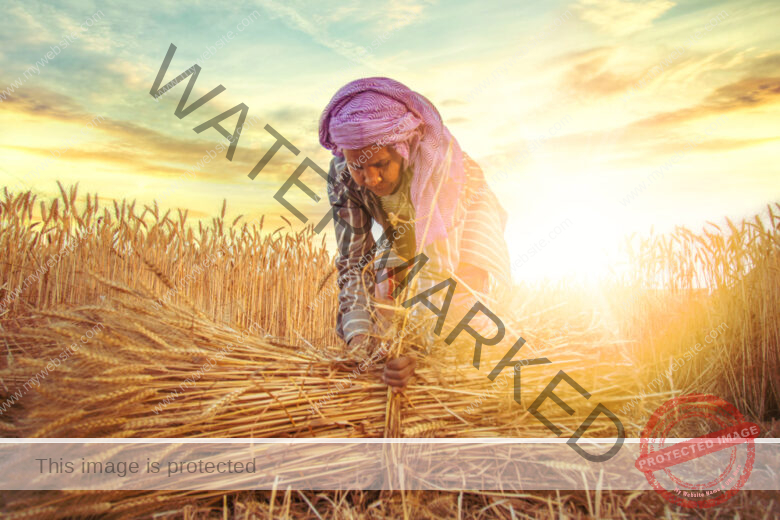

Great advice. What do you mean by starting to plant early. Which period of the year
The idea time to start the farmland cultivation if you are planting a large acre of land is to start preparation from January, and by February you should start planting.
It means you must have start the nursery late January and do the transplanting by February
How can I get in touch with you if at all you advice how to do onion farming in Zambia
You can send email to [email protected]
Cud I have this guide to [email protected]
Thanks for the information. In your presentation, you said that onions don’t require a lot of water cx of the reasons highlighted. why then should we start planting onions in February when the month is characterized by a lot of rains, even march which comes immediately after February has a lot of rains especially in regions like the Luapula province of Zambia. Isn’t too much water in these months going to cause poor formation of bulbs and other issues?
Your response please
No, that was why we recommended planting on loose soil, not loamy or sticky soils that do not let go of water easily, why we recommend the rainy season was that, onions do not need much water, however, it requires water for survival which it might not have access to during the dry season.
I have thoroughly enjoyed reading about how to grow onions. I’m a farmer based in Malawi which has similar weather conditions like Zambia. I will make use of the information to start my small holder farm. Thank you so much
Our pleasure, we will keep publishing information about Malawi henceforth based on your information you just provided us with.
Keep reading, learning and keep on feeding the nation!
Ist advised use fertilizer when growing onion?
It depends on type of Agronomic Practices you are cultivating on your farmland. If you’re practicing organic farming, you may not need fertilizer, if you are looking for bountiful harvest and wants quicker results, you may use inorganic fertilizer. There are other organic fertilizer you can use on your crops as well..
Fantastic information. Will definitely contact you for more lessons when ready to start the next farming season.
Wonderful information, can I begin make onion nurseries now can it grow well in this season
What you neede know is, Onion perform best during sunny period, so, you may need to start preparing your onion farm or nursry towards December and January.
Good morning when you plant onions in February, does it mean you will have to continue with irrigation for it to mature or it will mature within the rain period? Thanks 🙏
When planting onions in Zambia in February, it is typically during the rainy season. Onions require a consistent water supply throughout their growth cycle, especially during the bulb formation stage.
While the rain can provide some of the necessary irrigation, it may not always be sufficient to ensure optimal growth and development of the onions.
The amount and distribution of rainfall during the rainy season can vary from year to year, and it’s essential to monitor the moisture levels in the soil.
If the rainfall is inadequate or irregular, supplemental irrigation may be necessary to ensure the onions receive enough water.
Proper irrigation practices depend on various factors, such as the specific onion variety, soil type, and local weather conditions.
It’s crucial to keep the soil moist but not overly saturated. Overwatering can lead to diseases and rotting of the bulbs. Adequate drainage is also important to prevent waterlogging.
To determine the irrigation needs of your onions, regularly monitor the soil moisture content by checking the soil’s moisture level at different depths.
This can be done by inserting your finger or a soil moisture meter into the soil. If the soil feels dry or the moisture level is low, consider providing additional irrigation.
Remember to adjust your irrigation practices based on the rainfall patterns and the specific requirements of your onion crop.
Consulting with local agricultural experts or experienced farmers can provide valuable insights and recommendations tailored to your specific region and conditions
What are the advantage and disadvantages of using onion sets? When is the best time to plant the seeds for production of onion sets?
Onion sets are small, partially grown onion bulbs that are used for planting instead of seeds. They offer both advantages and disadvantages compared to growing onions from seeds. Here are some of the key points:
Advantages of using onion sets:
Time-saving: Onion sets allow you to skip the time-consuming process of starting onions from seeds. They are already partially grown, so they provide a head start on the growing process.
Reduced risk of failure: Growing onions from sets can be more reliable than starting from seeds, especially for novice gardeners. Seeds can be susceptible to various issues like poor germination rates, disease, or environmental challenges.
Early harvest: Using onion sets often results in an earlier harvest compared to starting from seeds. This can be advantageous for regions with shorter growing seasons or for those who want to enjoy fresh onions earlier in the year.
Space utilization: Sets are generally planted at wider spacings than onion seeds, which can be beneficial in areas where garden space is limited.
Disadvantages of using onion sets:
Limited variety selection: When planting onion sets, you might have a more limited selection of onion varieties compared to starting from seeds. Seed catalogs often offer a broader range of onion types.
Susceptibility to disease: Onion sets can carry diseases from their original location, which might lead to infection in your garden. It’s crucial to obtain sets from reputable sources to minimize this risk.
Bolt-prone: Onions grown from sets are more likely to bolt (prematurely produce flowering stems) than those grown from seeds. Bolting reduces bulb development and can affect the quality of the onions.
Best time to plant onion sets for production:
The best time to plant onion sets depends on your location and the variety of onions you are growing. In general, onion sets are planted in early spring, as soon as the soil can be worked and temperatures are consistently above freezing. This allows them to establish and grow during the cooler spring months.
For specific timing, consult the local climate and frost dates in your area. Onions prefer cooler weather for bulb development but need enough time to mature before the first hard frost. Planting 2 to 4 weeks before the last expected frost date is a common guideline.
Remember that onions are day-length sensitive, and there are short-day, intermediate-day, and long-day varieties. Choose the type that suits your region’s day-length patterns for the best results.
In summary, using onion sets can save time and ensure a more reliable harvest, but there are also some drawbacks, such as limited variety selection and disease risk. Plant onion sets in early spring, considering your local climate and frost dates, to give them enough time to mature before the first frost of the fall.
I’m planning of doing onion farming during the rain season. Is it a good idea to plant in rain season especially when you don’t have capacity for a water pump to do a big area between January and June?
Planting onions during the rainy season can be a good idea, as onions generally require a significant amount of water to grow well. However, there are some factors you need to consider before proceeding with onion farming during the rainy season, especially if you don’t have the capacity for a water pump:
Rainfall patterns: Assess the average rainfall patterns in your region during the rainy season. Ensure that the rainfall is consistent enough to provide adequate water for your onions. If the rainfall is too sporadic or insufficient, it may negatively affect onion growth and yield.
Soil drainage: Onions are susceptible to rotting if they are grown in waterlogged or poorly drained soil. Make sure the soil in your chosen area has good drainage to prevent waterlogging during heavy rains.
Varietal selection: Choose onion varieties that are well-suited for the rainy season. Some varieties are more tolerant of excessive moisture, which can help mitigate potential issues caused by heavy rains.
Weeding and pest control: The rainy season often leads to increased weed growth and pest activity. Plan for effective weed control and pest management to ensure the onions have the best chance of thriving.
Fungal diseases: High humidity during the rainy season can lead to the development of fungal diseases that could affect onion crops. Regularly inspect your plants and be prepared to apply appropriate fungicides if necessary.
Planting technique: Implement proper planting techniques to ensure good root establishment and avoid soil compaction, which can hinder water infiltration.
Crop rotation: If possible, practice crop rotation to reduce the risk of disease buildup in the soil.
Given your limitation with a water pump and the potential challenges of the rainy season, you may want to start with a smaller area for onion farming initially. This will allow you to gain experience and assess how well your onions respond to the prevailing conditions. If things go well, you can consider expanding in the future.
Additionally, consider researching and implementing rainwater harvesting techniques to capture and store rainwater during the rainy season. This way, you can have a supplementary water source during drier periods or when the rainfall is insufficient.
To crown it all, while onion farming during the rainy season is feasible, it requires careful planning and management to maximize your chances of success. Be prepared to adapt and learn from the experience as you work towards improving your onion farming endeavors.
I have really enjoyed and benefited from your piece of advice on how to grow onions in the rainy season more especially here in Zambia. However, I need also to know how much time is taken for onions on a nursery to be ready for transplanting and if it can be appropriate to plant onions in December
Thank you Mwandama for your response.
Onions are advisable to stay 3-4 weeks in nursery to make it viable for transplanting and success in growing your onions.
But here is the catch, immediately you nurse the seeds, start clearing your farmland and making your ridges to expose the soil to sun to kill off some pest and take the pest away from your farm.
Now to your question if you can plan in December, yes, it is possible to plant any crop all round the year, the only thing you need to make success in this is adequate irrigation system such as drip irrigation, you needed good fertilizer that maybe either organic or inorganic depending on your choices. And lastly good Agronomic practices.
If all these requirements are satisfied, then you’re good to go
Thank you so much, growing food should be a priority, If you can make a profit off of it, even better! My seedlings will be ready soon. I saw the guidelines after I had already planted seedlings. I hope they do well in the coming heat.
Your explanation on the growing of onions is really helping us alot, now my question is on use of fertilizer, is there any specific fertilizer for onions that I can use? and is it advisable to use D compound fertilizer and urea? If it yes how many bags of D compound fertilizer and urea per hectare? Your quick response will be highly appreciated.
Hello Kazembe, I’m happy you find our contents valuable.
Now to your question, when fertilizing onions, it’s essential to provide the right nutrients for optimal growth. Onions generally require a balanced fertilizer with a higher ratio of nitrogen (N), phosphorus (P), and potassium (K). D compound fertilizer and urea can be used, but you should get a soil test done to determine the specific nutrient needs of your soil.
Typically, you can use a balanced NPK fertilizer with a ratio of 10-20-20 or 12-12-17, for example. Urea (46-0-0) can be used as a nitrogen source, but it should be applied cautiously to avoid over-fertilization, which can lead to quality issues with onions.
The recommended application rate will depend on your soil’s nutrient content, which can vary by location and previous land use. A general guideline is to apply around 100-150 kg of NPK fertilizer per hectare and adjust the urea application based on your soil’s nitrogen deficiency.
However, I strongly advise conducting a soil test to get precise recommendations tailored to your specific soil conditions. This will help you determine the exact quantities of D compound fertilizer and urea needed for your onion crop to ensure healthy growth and optimal yields. Consulting with a local agricultural extension service or agronomist can also provide valuable insights for your specific area.